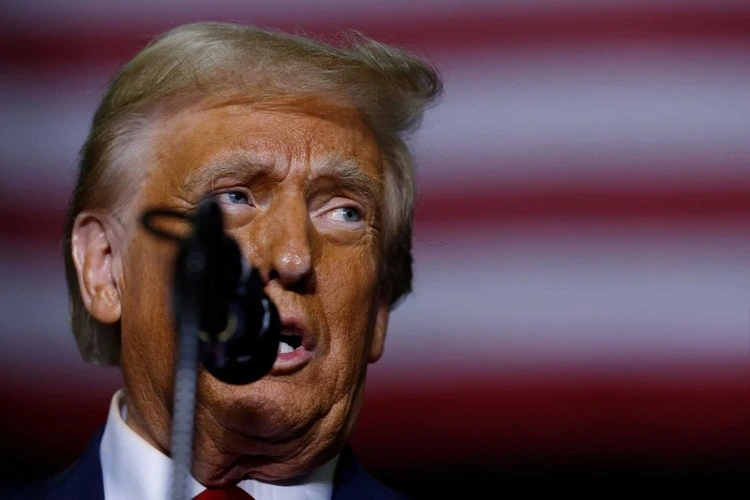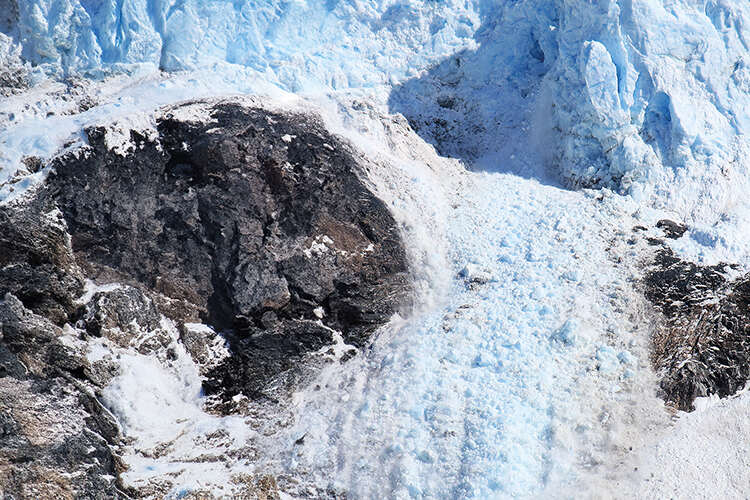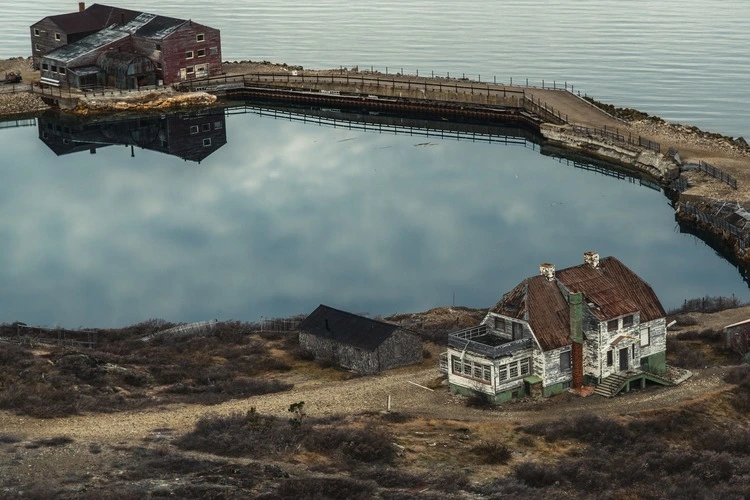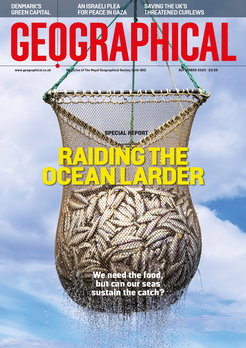
Could Donald Trump ever buy Greenland? Discover the reasons as to why the US is vying for the world’s largest island
By
This month, president-elect Donald Trump is making headlines after expressing in no uncertain terms his desire for the USA to acquire Greenland. If successful, the acquisition would be the US’s largest-ever territorial addition, even greater than the 1803 Louisiana Purchase that almost doubled the total land of the US at the time.
But remarks from Trump suggesting the US’s interest in purchasing the Arctic island – an autonomous Danish dependent territory – have been met with a simple, but conclusive response from the Danish Prime Minister Mette Frederiksen: Greenland is not for sale, neither now nor in the future.
Enjoying this article? Check out our related reads:
Trump had previously expressed an interest in the territory back in 2019, creating a proposition he dubbed as ‘essentially a large real estate deal’. Like 2025’s offer, that was met with a rejection from Denmark.
So what exactly fuels Donald Trump’s longing for the world’s largest island?
All eyes on Greenland
With a population of around 60,000, and home to a US military base, Greenland is part of the continent of North America – but is instead commonly associated with a country more than 3,000km away (1,864 miles): Denmark. That’s because the territory was a Danish colony until 1953, from which point it became redefined as a district of Denmark. In 2009, the island became self-governing, and now possesses the right to declare independence from Denmark during referendums.
Writing on social media platform Truth Social, Trump explained his interest in the territory: ‘For purposes of National Security and Freedom throughout the World, the United States of America feels that the ownership and control of Greenland is an absolute necessity.’

The island lies directly in the shortest route from Europe to North America, a route of interest to the US for both its military and ballistic missile early-warning system.
The US has also spoken about the island being crucial for military efforts to monitor the waters between Iceland, Greenland and Britain.
But Trump isn’t the first president to be looking toward Greenland: in total, three proposals were made to purchase it across the 19th and 20th centuries. One such offer, back in 1946, totalled 100 million USD, in gold bullion.
However, another reason beyond national security may factor into the US’s interest in Greenland, and that is its high volume of rare earth element deposits such as graphite and lithium. Although Greenland’s topography – covered by an ice sheet up to one mile thick in some places – could make it difficult to extract, rising temperatures are causing ice sheets to melt and making resources more readily available.
Rare earth element deposits are so coveted since they are necessary for the production of clean energy sources like electric vehicles, wind turbines and transmission lines.
Estimates suggest that Greenland may have 42 million metric tonnes of rare earth oxides (REOs) reserves, surpassing those of Vietnam, Brazil and Russia.

To put into perspective how vast Greenland’s rare earth element reserves could be, China currently has the world’s largest supply, with 44 million metric tonnes of REOs: meaning that if estimates are correct, Greenland could potentially be home to the second-largest reserves of REOs on the planet.
As the world gears up for a clean energy transition, access to such a valuable resource will be economically and geopolitically advantageous. And since the US currently largely relies on China to get these minerals, some experts believe the US may be searching for a means of reducing this dependency.
‘When you are so dependent on natural resources coming from one place then you are making yourself more vulnerable than you ought to be,’ says former mining minister of Greenland Jorgen Waever Johansen.
The reality of mining
Successful mining projects have occurred in Greenland, such as a mine in the town of Ivittuut, which extracted large reserves of cryolite from the ground, used for the production of aluminium.
But while mining may seem to offer a prosperous reality to those who undertake it in Greenland, there is still ultimately a harsh and unforgiving climate present in the territory which complicates the matter, along with logistical issues.
Currently, only two operating mines exist in Greenland and neither can extract the minerals desired for clean energy. Attempts to expand this would be both costly and time-consuming as geological mapping would need to be carried out.
Political difficulties also mean that the expansion of mining in Greenland is a hard task: although all seven parties in Greenland have recognised the importance of investing in the sector, the territory’s Prime Minister Múte Bourup Egede’s issued a ban enforced from 2021 which prohibits the exploitation of uranium past a threshold of 100ppm.
Such a ban came to fruition following negative pushback to a local mine project which planned to dispose uranium waste near Greenland’s Narsaq town. Although uranium is not a rare earth metal, it is commonly found near rare earth metal deposits and so any major mining operations would need to adapt their projects to accommodate the ban.
These are all factors which the US could need to consider if plans to expand its mining capabilities in the region were on the cards.
The future of the US & Greenland
While Danish Prime Minister Mette Frederiksen has rejected the US’s interest in buying Greenland for now, there could theoretically be a situation in which the territory and the US come together.
In the event of Greenland becoming an independent country, it could choose to make agreements with the US to become part of the nation. However, although the majority of Greenlanders support independence, many are aware that this scenario of full independence is unlikely, since the territory relies heavily on Denmark to support its economy.

As for its relations with the US, Greenlandic politicians have shown an interest in strengthening co-operation and trade with the US, but this does not necessarily mean Greenlanders are in favour of a situation which makes the territory up for sale. Ultimately, this makes Trump’s desire to buy Greenland a much more difficult reality to enact.
‘Greenland is talking about becoming independent from Denmark, but no Greenlanders want to just switch to a new colonial master,’ said senior researcher and expert on Greenland at the Danish Institute for International Studies, Ulrik Pram Gad.




